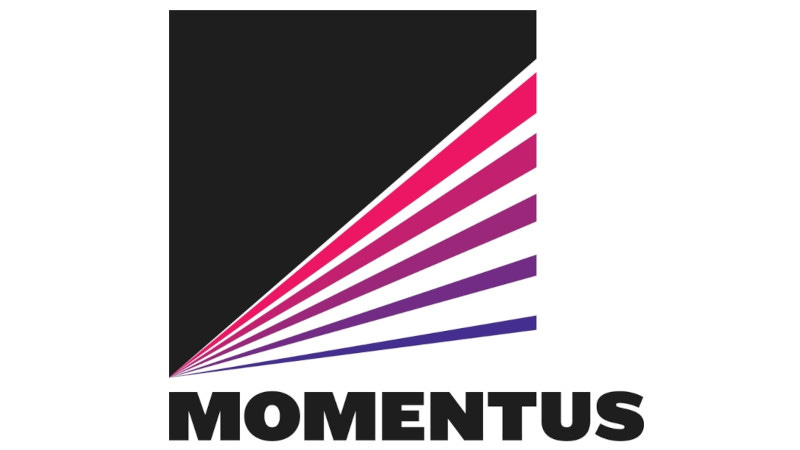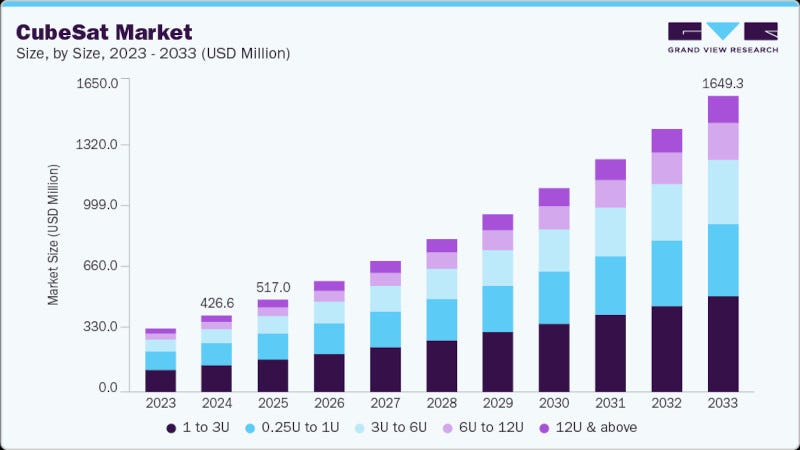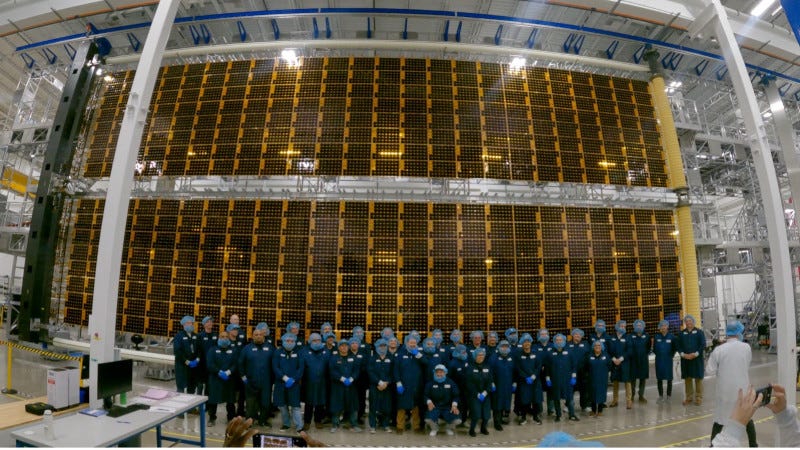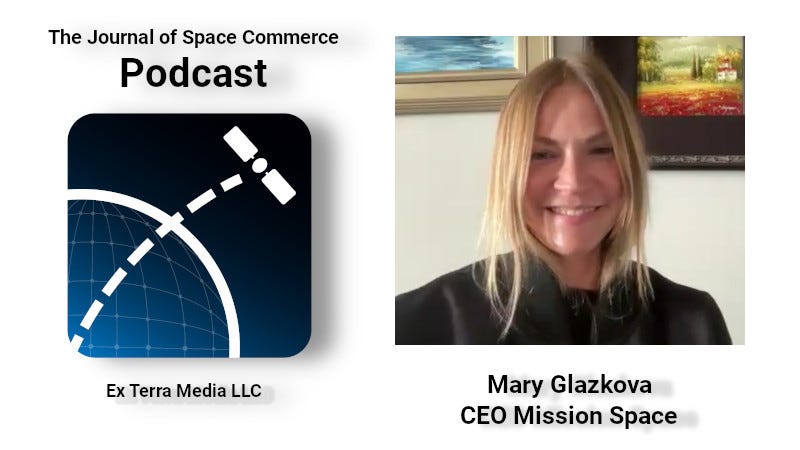The FCC has approved a joint request from T-Mobile USA and SpaceX to waive several regulatory requirements, allowing more consumer smartphones to access satellite-based services under the Supplemental Coverage from Space (SCS) initiative.
The waiver permits handsets certified before June 29, 2024—but not yet authorized under satellite-specific rules—to connect to the Starlink satellite network via T-Mobile’s terrestrial infrastructure. This move aims to extend emergency and basic messaging services to remote and disaster-affected areas where traditional cellular coverage is unavailable.
T-Mobile and SpaceX argued that many compatible devices are already in use, but those devices can't access SCS because manufacturers have not updated their equipment certifications. The FCC agreed that denying access would be against the public interest, especially during emergencies, and emphasized that the waiver applies only to non-security-risk devices not listed on the FCC’s Covered List.
The decision follows successful emergency deployments of SCS services during hurricanes in Florida and North Carolina and wildfires in California, where no harmful interference was reported.
-0-
NASA has awarded a contract to Momentus to support the demonstration of a Power Processing Unit (PPU) for Hall Thrusters. Based upon CisLunar Industries’ Modular Configurable Electric Power Converter (MCEPC) technologies, the PPU is designed to advance high Delta V Dynamic Maneuver and in-space assembly (ISAM) operations.
Under the new contract, managed by NASA’s Flight Opportunities program based at the Armstrong Flight Research Center, Momentus will host a payload from CisLunar Industries to conduct in-orbit testing of next-generation PPU technology and power management systems. This payload will be among several that Momentus will carry aboard its Vigoride 7 Orbital Service Vehicle, scheduled for launch no earlier than February 2026 on a SpaceX Transporter mission to Low Earth Orbit.
The mission will validate the technology’s performance, with real-time data transmissions to Momentus mission operations, enabling updates to PPU operating conditions in support of NASA’s ISAM objectives.
-0-
The CubeSat market size is projected to reach $1.65 billion by 2033, growing at a CAGR of 15.6% from 2025 to 2033. According to a new report from Grand View Research, the market growth is primarily driven by the increasing demand for low-cost satellite missions, rising adoption of CubeSats for Earth observation and remote sensing, and advancements in miniaturized satellite technologies.
The surge in demand for earth observation and remote sensing is unlocking new revenue streams for the CubeSat industry. Government agencies and private firms are investing in compact satellites to monitor agricultural patterns, climate change, and urban development.
Rising interest in space-based Internet of Things (IoT) applications is also expected to accelerate the development of CubeSat constellations. Industries like agriculture, maritime, and energy are increasingly relying on satellite connectivity for asset tracking in remote locations.
-0-
The first deployment test for a Redwire Roll-Out Solar Array (ROSA) for the lunar Gateway’s Power and Propulsion Element (PPE) has been completed. The Gateway ROSAs will generate an unprecedented 60kW - making these the most powerful ROSAs ever built.
The robust power supply will allow Gateway to offer extensive capabilities for sustained exploration and research in deep space, potentially enabling ambitious activities such as resource extraction and utilization, while also providing peaceful space domain awareness and enhancing astronaut safety.
Redwire was contracted by Maxar, the prime contractor for PPE, to develop two ROSA wings. The pair of PPE ROSAs will undergo additional testing in the coming months, with delivery planned in the fourth quarter of this year.
-0-
This week on The Journal of Space Commerce podcast, I talked with Mary Glazkova, CEO of Mission Space. A hardware and software company that is an emerging player in space weather intelligence, Mission Space is developing real-time monitoring and forecasting solutions that safeguard both Earth-based and space-based infrastructure.
The company's flagship technologies include a Space Weather Operation System (SWOS) forecasting platform, and the Zohar Satellite Constellation.
Glazkova said that Space weather has measurable and very immediate effects on systems we rely on every day. "For instance, airlines like Delta or United sometimes reroute or delay flights due to the risk of space weather. Another example is power grids. Magnetic storms overload transformers. It damages hardware and forces shutdowns."
Headquartered in Miami with a European presence in Luxembourg, Glazkova says Mission Space aims to be the “NOAA” of the commercial space era.
-0-
A letter written by a group of commercial space industry companies and associations has been delivered to Representatives Hal Rogers (R-KY) and Grace Meng (D-NY), the Chair and Ranking Member respectively of the House Appropriations Committee Subcommittee on Commerce, Science, Justice and Related Agencies, concerning funding for the NOAA Office of Space Commerce.
The signatories of the letter urge the committee leadership to appropriate sufficient funding for the Office of Space Commerce (OSC) in the Fiscal Year 2026 appropriations bill. Specifically, they call for the committee to fund OSC at $65M, the Fiscal Year 2025 appropriated level, and urge the Subcommittee to ensure continued execution of funds appropriated to OSC in Fiscal Year 2025.
The proposed NOAA OSC appropriation is $10 million, which would essentially eliminate funding for TraCSS and other programs. Coordination of space traffic would possibly be given back to the Department of Defense, or farmed out to commercial entities.
I talked this week to Audrey Schaffer - vice president for Strategy and Policy at Slingshot Aerospace and a spokesperson for the Commercial SSA Coalition; Madeline Chang, Director of Policy for the Satellite Industry Association; and Steve Jordan Tomaszewski, vice president of Space Systems at the Aerospace Industries Association. To start the conversation, Audrey Schaffer gave us an overview of the issue.
Audrey Schaffer
You know, Tom, as your readers well know or your listeners well know, space is becoming increasingly crowded. So much so that we are at the point where we really need, space traffic coordination system to help provide information to satellite operators on potential collisions they might encounter and to help deconflict the resulting maneuver so we don't accidentally make things worse. The office of space commerce was charged with that mission back in two thousand eighteen with a space policy directive three that transitioned responsibility from the Department of Defense who had been doing the mission to the Department of Commerce in recognition that while this may be an inherently governmental function, it is not a military function.
Fast forward, it took about five years for the commerce department to really be funded for this mission. And in the eighteen months or so since they were, they've made significant progress in establishing a traffic coordination system for space. Just a few weeks ago, the final details of the administration's fiscal year twenty twenty six budget were released. And in that budget, they proposed, essentially cutting eighty five percent of the Office of Space Commerce's funding, a total of fifty five million dollar cuts, and really, you know, essentially removing this space traffic coordination mission from commerce.
So we all came together, as representatives of the commercial space industry to advocate for restoring that funding. In addition to the demands on, space traffic and the need for space safety in order to assure that the services that we all depend on from space are continue to be available, we also don't wanna back slide this mission back to the defense department where they have higher priority things to focus on, like growing space threats. And finally, we, you know, the time, to set international norms and standards on space traffic management is really now, and lacking a government system that can go toe to toe with other international systems and really shape those rules and norms, we're concerned that the US is gonna lose its leadership in this critical domain.
Ex Terra Media
So what has been the rationale for making such a huge cut in the office of space commerce? Have they told you why that it goes from, what was it, sixty five million down to ten million? Yeah. You know, I think all of us have poked around, in Washington, law, various sources to try and uncover. And, honestly, there's not a clear answer. As far as I can tell, this might just be something that got caught up in a larger set of cuts that were made to certain agencies.
Audrey Schaffer
It doesn't seem to really have a key like, a critical policy rationale, which is exactly why, you know, we put together this letter, advocating for this issue to congress. We were concerned that, you know, it is actually a relatively small amount of money, only fifty five million, but it will have an outsized impact on the commercial space industry. And we didn't want it to get overlooked just because, you know, perhaps it was an error.
Ex Terra Media
Steve, from the aspect of the aerospace industries association, what does this kind of a cut mean for, for your members and people that are involved in the aerospace industry?
Steve Jordan Tomaszewski
The concern about this potential cut, would be an impact on, potential impact on space safety.
In the space industry, safety is our North Star, and making sure that satellites are operating in a safe and predictable manner is really underpins the entire space industry, and protects our satellites, for government purposes, but also for private sector purposes. The potential cuts here are really a big swing from where we've normally seen support, for the Office of Space Commerce and for the TraCSS program. The office has had, bipartisan support, for years, and our association as well as the other associations that have, signed on to this particular, letter of support, have just made that case that having an office that is able to, really provide that, collision avoidance and space traffic coordination, is really a sound, bedrock principle for for the entire industry.
Ex Terra Media
So, Madeline, some of the things that I've read include that this might be a function that was better handled at the commercial level by companies or a company as opposed to by the government. What's kind of the position of the satellite industry association? Can this be something that's privatized, or is it something that the industry as a whole needs to be run by the government?
Madeline Chang
Yeah. I mean, I think there are a lot of differing opinions on to what extent the government should be involved. But one thing that I really wanna emphasize is that the industry has been really involved in the development of tracks. Right now, it's in beta testing, and all of our many of our members had participated in the beta test so far, and they're excited to see when it opens in the next couple months. And the other thing I will say is that this is one of the government programs that just for a little bit of money will really open up the floodgates for a lot of private sector investing.
And space right now is going to get a lot more crowded in the next couple of years. Since TraCSS was first proposed, the number of satellites in the north orbit has more than doubled. There are over twelve thousand satellites on orbit now, and there are set to be a lot more largely on constellation deployments in the next couple of years. And so it's important for operators, and for investors in new space companies to know that satellites are able to share information on where they are and avoid other satellites and that there's that communication going on, both within, like, both within the US industry and also with international operators.
Ex Terra Media
Audrey, did you have something you wanted to add?
Audrey Schaffer
Yeah. I did, if it's alright. I mean, I wanted to go back to your question about, you know, this narrative that the commercial sector can do this mission. And in fact, I mean, the company that I'm with, Slingshot Aerospace, is one of the companies that does space situational awareness and space traffic coordination. We are a member of the Commercial SSA Coalition, which is a signatory to this letter.
That coalition represents all of the major US and s and all of the major US SSA companies, including optical providers, radar providers, analytic providers, etcetera. So our view on this is absolutely the private sector has the technologies to bring to bear for this mission, but we are also aligned that it needs government funding and a government wrapper in order to have the impact it needs on the industry. We need that government investment in order to bring these technologies into use for the private sector operators that are relying on the office of space commerce.
And so it's, you know, it's not a mistake that the commercial SSA industry is behind this letter as well.
Ex Terra Media
So the letter's been sent. What kind of a timeline are you looking at? Do we have any idea when this goes to committee, when the appropriations committee is gonna be meeting? And we'll get into some of the impacts or how we can make an impact in a little bit. But what kind of is that timeline?
Steve Jordan Tomaszewski
Couple of key things happening in the near future, is we are expecting, that senate appropriators, will be discussing, overall impacts, for civil space to include, the Office of Space Commerce, this week.
But this is going to be, you know, part of the overall fiscal fiscal year twenty twenty six, appropriation cycle, and budget development cycle. The other thing though that we highlighted in the letter, is making sure that we're not gonna do any programmatic changes, that would have severe impacts, and, really kind of cut the program short before congress has the opportunity to weigh in. So, you know, we're urging congress to support the Office of Space Commerce in this particular case.
But then also, it's important that the administration allows this program to continue to get off the ground, with the near term goal of getting past the beta user stage as Madeline previously mentioned, and having some widespread adoption.
Ex Terra Media
I know that both AIA and SIA are advocacy organizations, and you're going to do what it is that you do to talk to the members of congress and see about getting these things changed. But what can an individual industry professional do to try to influence the outcome of this legislation?
Audrey Schaffer
I mean, I Tom, I think, you know, everybody raising awareness of this issue, whether that's on LinkedIn, whether that's in meetings with, with congressional leaders, you know, just showing that this funding is vital.
And in fact, you know, obviously, industry associations are critical in terms of their role in representing large swaths of companies, but individual companies can go to Capitol Hill as well and talk to their members about the importance of this funding for their program. You know, I think anything we can do to raise the visibility of this issue, especially over the next couple of weeks, will be really important for influencing that legislative process.
Anybody else?
Madeline Chang
I'll add there that, I mean, the amount of funding is really small. It's tremendously small, but it'll have a really large impact. And something I like to say is that it's less than half the budget of the Minecraft movie. And it's also, you know, sixty million. It's three episodes of severance. Like, it's … such an amazing office, and the program that they're working on is going to set norms for how we operate in space for the next couple decades.
Ex Terra Media
Steve, anything to add?
Steve Jordan Tomaszewski
We really want American leadership in space as the bottom line here. And, I think as was previously mentioned, the more folks are aware about this particular office and this particular program, the better. It really does have an outsized impact. You know, if you're a military member right now, you're rooting for this program because you want a non department of defense agency to take over this primary responsibility.
If you're a company, you wanna make sure that the US government is equipped with the latest and greatest innovation, from the private sector, which is what this program was really starting to get going here. And as an individual, if you wanna continue to use space services, and all the benefits that space provides from helping to predict the weather, communications, and even for national security purposes, you want there to be a good safe environment.
So, that's the bottom line is I think a lot of folks are seeing the benefits of this, and it's gonna be something that really has brought folks together, a lot in the last couple of years.
Ex Terra Media
Anything that I've missed?
Audrey Schaffer
Yeah. You know, I raise two additional points, kind of very different. The first one is about just kind of hitting this international leadership point one more time. You know, if you look at the history of air traffic control, the United States had a very heavy hand in shaping the system that we all benefit from today when we travel, you know, transatlantic flight from here to Europe.
And the air traffic controllers of the world all have to speak English. And that's because those were the regulations that were put in place when the system was first created. I'm very concerned that if we don't have a US space traffic control system, if you will, the traffic controllers in space in the future are not gonna be required to speak English. They'll be required to speak French or maybe Mandarin Chinese because those are the two countries that are developing their own space traffic coordination systems intended to serve global users.
We should not let the US take a back seat to China in space traffic management. So that's point one. Point two, and this is kind of a completely different point, but one I wanna just foot stomp. This letter is signed by all of the major US space industry associations and more, representing over four hundred and fifty companies from traditional primes to venture backed start ups, suppliers, operators, manufacturers. It represents a significant consensus within the space industry.
I don't, I think you'd be hard pressed to find a company or constituency in the space economy that disagrees with the sentiment of this letter. So I I just hope to leave you with, you know, what a broad base of support this funding has.
Audrey Schaffer is vice president for Strategy and Policy at Slingshot Aerospace and a spokesperson for the Commercial SSA Coalition; Madeline Chang is Director of Policy for the Satellite Industry Association; and Steve Jordan Tomaszewski, is vice president of Space Systems at the Aerospace Industries Association.
And those are some of the top stories we covered for you on The Journal of Space Commerce this week. Space Commerce Week is a production of Ex Terra Media. You can get daily updates on space commerce by subscribing to The Journal of Space Commerce on Substack at www.exterrajsc.com. And please consider becoming a paid subscriber. Whether you’re a space professional, investor or an enthusiast, paid subscribers have first access to premium articles and podcasts focused on the new space economy. Just visit www.exterrajsc.com and help keep The Journal of Space Commerce independent as we chronicle, cajole and, when necessary, critique the commercial space industry.
Theme Stock Music provided by CoolTones, from Pond5
You Might Have Missed:
Government of Canada Extends MDA Space Contract
HAKUTO-R Impact Site Photographed by LRO
Critical Design Review for SDA T2TL-Beta Constellation Completed
Launch Services Agreement Reached for Orbex Prime and Proxima Missions


















